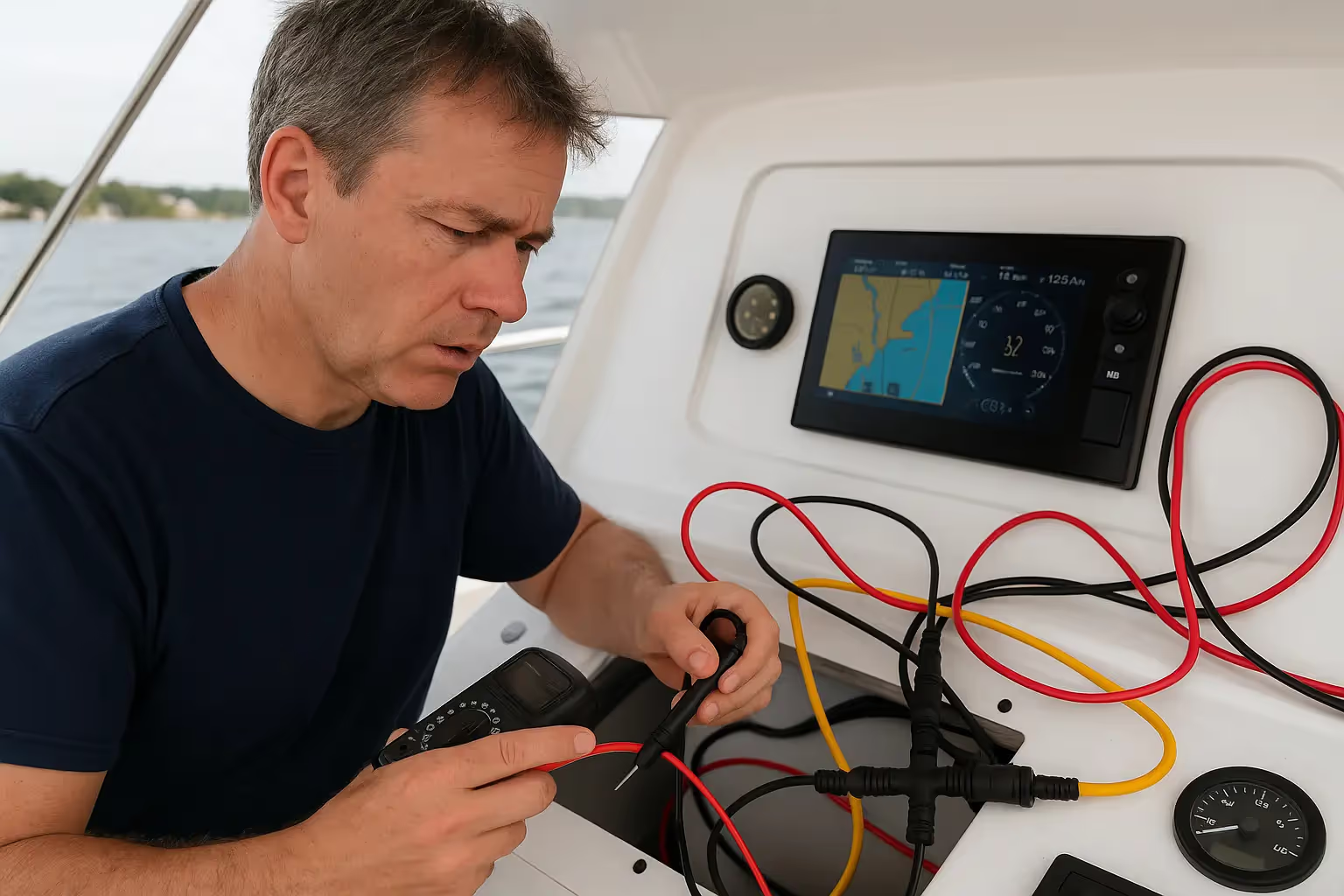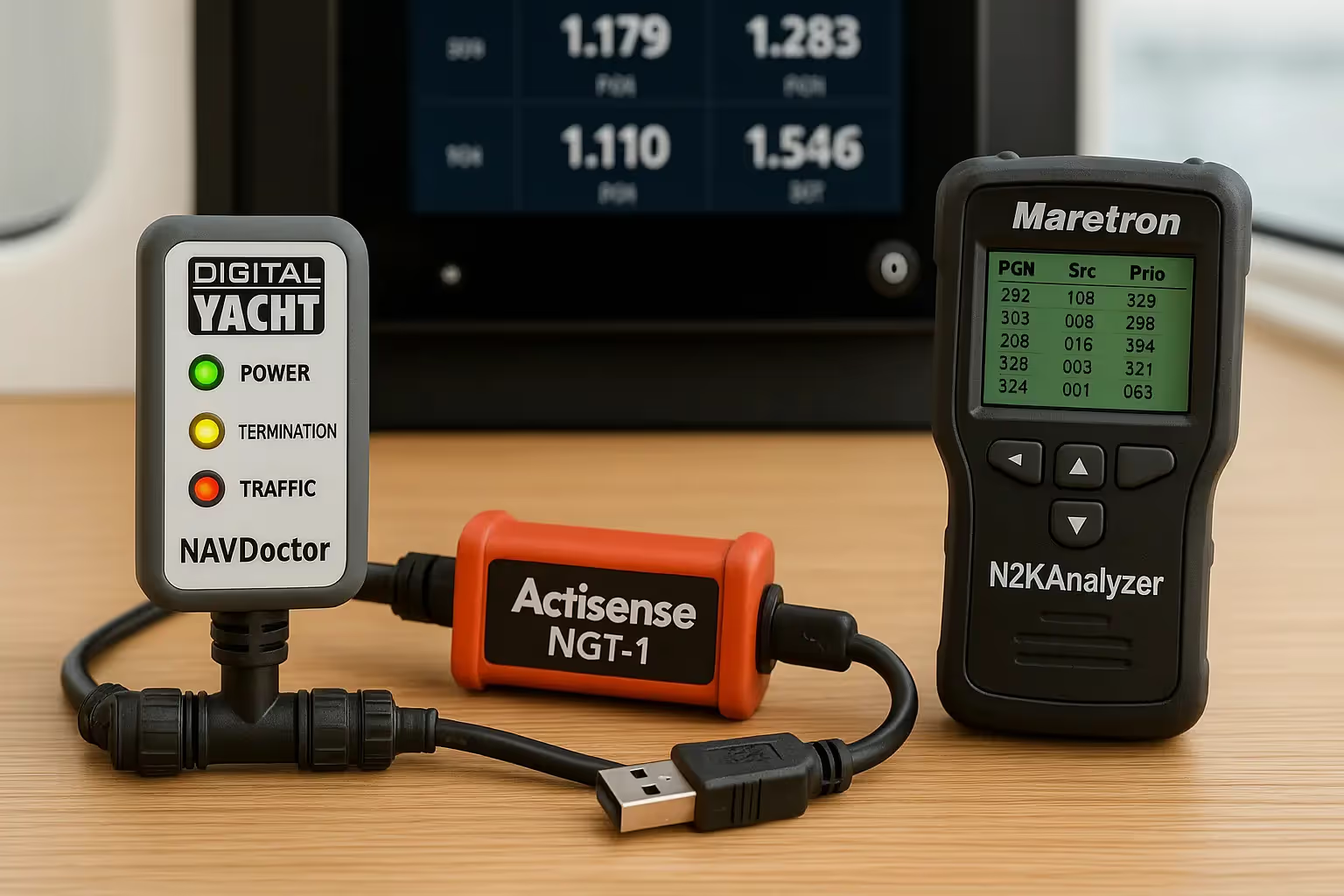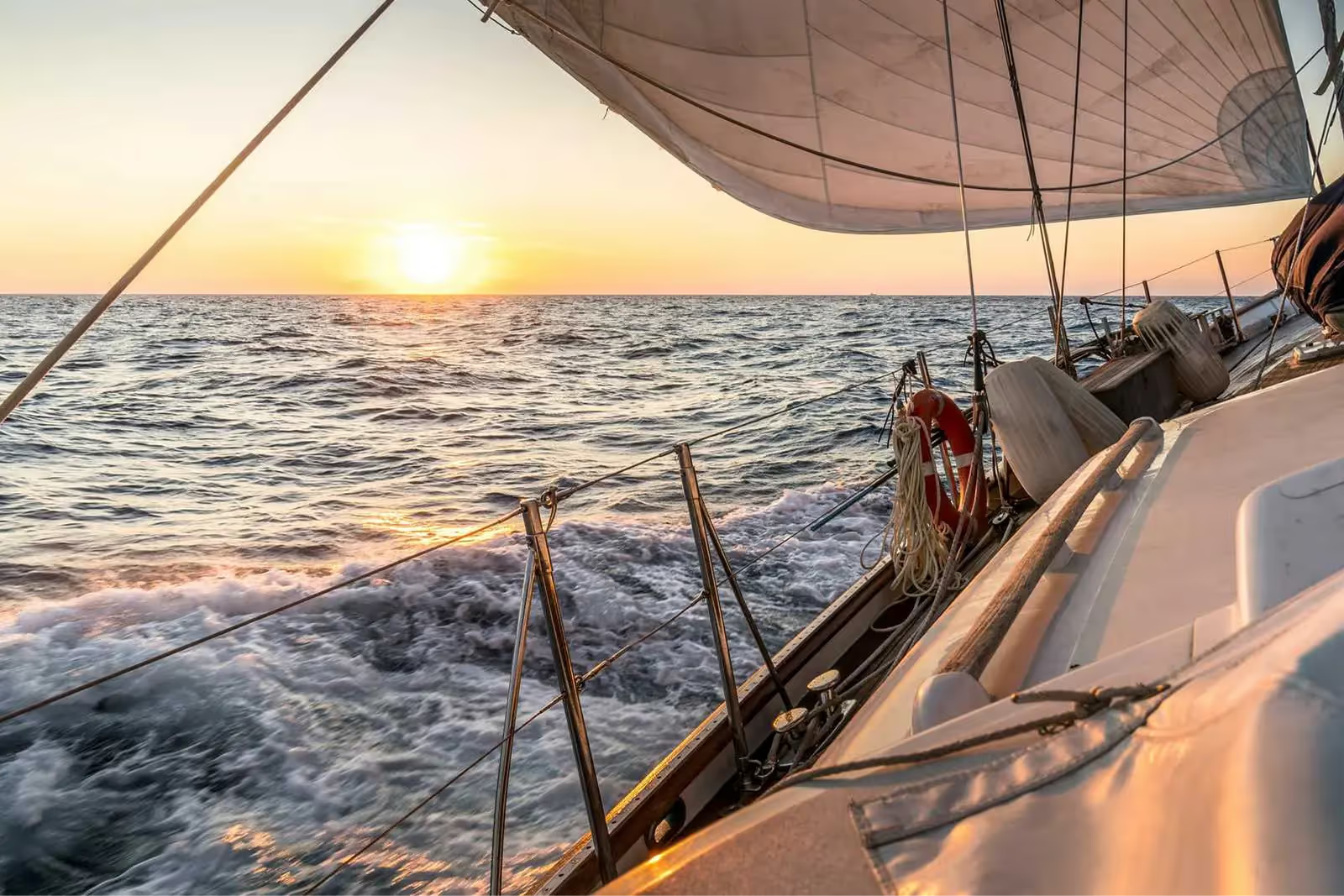Preparing Your Vessel for Autumn in the Mediterranean

1. Evaluating Your Sailing Plans
The most important step in any post-summer marine preparation is considering one's sailing plans for the upcoming months. Each sailor, whether an occasional hobbyist or a seasoned mariner, must clearly outline their intentions.
For those wanting to continue their maritime endeavors, the Mediterranean's autumn and winter waves come with different challenges. These months can bring stronger winds and heavier seas, demanding a different level of preparedness and vigilance from sailors. The boat needs to be equipped not only to handle these climatic shifts but also to ensure the safety and comfort of everyone onboard.
On the other hand, many sailors might take note of nature's cues to anchor down and give their vessels a reprieve. In this case, the focus shifts from braving the elements to making sure that the boat remains in pristine condition, and protected from potential harm while it waits for the next sailing season.
Choosing to set out on chillier journeys or to hunker down in a harbor cocoon will ultimately determine the rest of your autumnal boat preparation. No matter your decision, the priority remains - making sure that your vessel is well-maintained and ready for any maritime challenge.
2. Rigging, Sails, and Equipment Checks
One of the most important components to focus on so you can ensure a safe and enjoyable sailing experience is the state of your boat's rigging, sails, and associated equipment. Given the cumulative wear and tear from summer activities, additional attention should be paid to these sections as autumn draws closer.
- UV Strips on Sails: The Mediterranean sun can be unforgiving to your sails. Specifically, the UV strips designed to shield the sail fabric from harmful ultraviolet radiation can deteriorate over prolonged exposure. When inspecting, look out for signs of fading, fraying, or overall wear. Since they shield the main body of the sails from UV damage, extending their lifespan and sustaining performance, the integrity of these strips is crucial. To provide continuing protection, consider repairs or replacements if they show significant wear.
- Rigging Tensions & Conditions: Rigging is the boat's lifeline, and its condition can directly influence safety and performance. Both standing and running rigging should be thoroughly inspected for any signs of corrosion, wear, or potential weak points. Tensions are just as important; improperly set tensions can lead to inefficient sailing and added stress on the boat's structure. Seasonal adjustments are generally required, given the prospect of stronger autumn winds.
- Condition of Blocks and Running Rigging: To move and modify the sail, blocks and running rigging are essential. Ropes should first be checked for fraying, chafing, and other damage that could reduce their strength. It is important to check blocks for smooth operation because any obstructions, corrosion, or signs of fatigue may reduce functionality. Make sure that all pulleys move smoothly, and replace any parts that have excessive wear.
In summary, as the seasons change, so should the care given to your vessel's equipment. Proper checks and timely maintenance can be the difference between a seamless sail and potential maritime complications.
3. Engine and Hull Maintenance
The heart of any vessel lies within its engine, and the protective shield it relies on is its hull. As we move from the sun-soaked days of summer to the cooler embrace of autumn, it becomes imperative to focus on the integrity and functionality of both these essential components. Their maintenance and care can dictate the smooth sailing or harrowing experiences in the following months.
- Engine Checks for Year-Round Sailors: The condition of the engine becomes crucial for sailors who head to sea during the fall and winter. Remember that your engine's reliability is a crucial component of safety as the weather gets colder and more unpredictable. Start with a thorough inspection, checking for signs of wear or potential issues. Filters tend to get clogged with impurities, hampering performance. They should be checked and replaced if necessary. Belts, pivotal for various engine functions, should be inspected for tension, wear, and potential weaknesses. Regularly starting and running the engine, even during periods of inactivity, ensures that it remains in optimal condition and prevents unforeseen issues.
- Winterizing Your Boat: There are specific actions to take to guarantee the boat stays in perfect condition if the intention is to dock it and let it rest throughout the colder months. While Mediterranean regions like Mallorca are less prone to freezing, one can never be too careful. Draining water pipes can prevent potential damage from unexpected cold snaps. The watermakers that are necessary for producing fresh water on board should also be pickled, which is done by flushing them with a preservative solution.
This keeps them from clogging and prepares them for immediate use in the upcoming season. Also, consider giving your engine a comprehensive service, so that it's ready to roar into action when summer returns.
- Inspecting the Hull: The hull, bearing the brunt of marine elements, requires careful attention. Marine growth, like algae or barnacles, can cling to the hull during summer. Cleaning these off ensures reduced drag and maintains the hull's integrity. Inspections should also focus on potential weak spots or damages, as these can worsen if not taken care of.
- Going on the Hard: For those who choose to take their boats out of the water, this is the perfect time for an in-depth check. Elements typically submerged, like through-hulls, propellers, and the keel, become accessible. Inspect these for signs of wear, damage, or marine growth. This is also the best time to give the boat a thorough polish and wax, ensuring a protective coat against the elements and a gleaming welcome when sailing resumes.
In the world of sailing, the adage "prevention is better than cure" rings especially true. The time and effort invested in engine and hull maintenance can shape the quality of countless future maritime adventures.
Conclusion
Autumn's arrival in the Mediterranean is not merely a shift in weather, but a call to sailors about the ever-evolving demands of the sea. While the cerulean waters and gentle breezes of summer have their charm, the subsequent seasons present their own allure and challenges. By meticulously attending to your vessel's various components, from sails to engines, you not only safeguard against potential mishaps but also enhance your sailing experience. The key is to be prepared, making sure that your boat is a dependable partner in all maritime endeavors, regardless of whether you decide to keep riding the waves or give it a well-deserved break.
Frequently Asked Questions (FAQs)
What's the significance of the UV strips on sails?
UV strips protect the sails from harmful UV radiation when furled. UV rays can damage and degrade the fabric, so regular checks and maintenance are the best ways to prevent premature sail wear.
How often should I check the rigging on my boat?
Before and after the sailing season is a good rule of thumb, but regular checks throughout the season can help you catch issues early on.
Is there a high chance of freezing in the Mediterranean regions like Mallorca during winter?
While freezing is less common in regions like Mallorca, it always helps to be prepared. Draining water pipes can be a preventive measure and helps prevent the build-up of harmful mold or bacteria.
Do I need to service my engine even if I'm not sailing during the autumn and winter?
Yes, servicing your engine and preparing it for the next season helps ensure that it starts up smoothly after the layup period.
Why should I clean and polish my boat if I'm not sailing it during the autumn and winter?
Cleaning and polishing help protect the hull from potential damage and deterioration. It also ensures the vessel is in pristine condition for the following season.
















